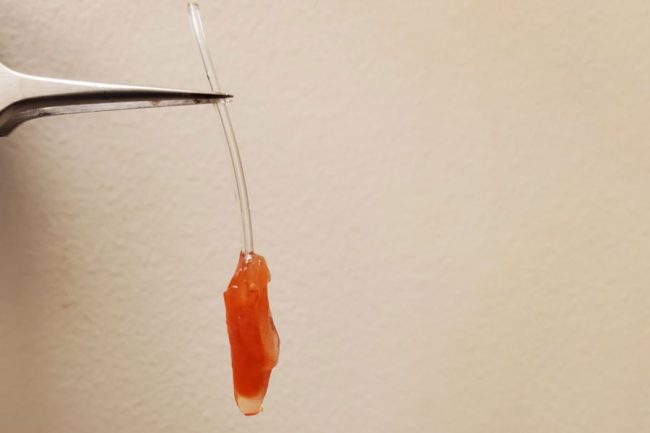Engineers Have Grown a Major Piece of The Human Heart in Miniature, And It Beats
Date: 18.7.2022
Though research into treatments for cardiovascular disease has come a long way in recent decades, heart problems still claim the lives of nearly 18 million people around the world each year.
 A tiny working model of a human ventricle could open fresh new ground in developing novel drugs and therapies, and for studying the development of cardiovascular conditions, giving researchers an ethical, more accurate alternative to existing approaches.
A tiny working model of a human ventricle could open fresh new ground in developing novel drugs and therapies, and for studying the development of cardiovascular conditions, giving researchers an ethical, more accurate alternative to existing approaches.
Researchers from the University of Toronto and University of Montreal in Canada reverse-engineered a millimeter-long (0.04 inches) vessel that not only beats like the real deal, but pumps fluid just like the muscular exit-chamber of a human embryo's heart.
"With our model, we can measure ejection volume – how much fluid gets pushed out each time the ventricle contracts – as well as the pressure of that fluid," says University of Toronto biomedical engineer, Sargol Okhovatian. "Both of these were nearly impossible to get with previous models."
There are typically just a handful of options for studying the ways a diseased or healthy heart channels blood. Organs that are no longer fully functional, such as those removed in an autopsy, provide authenticity without the activity. Tissue cultures might provide a window into biochemical functionality, but they don't fully capture the hydraulics of a three-dimensional, pulsing mass. An animal model allows researchers to test how a living heart functions as a pump under the influence of newly developed treatments, but isn't always the most ethical option.
Joining a wave of 3D models of body parts that develop and behave just as nature intended (without unfolding into fully functional organs), this new heart-like organ was grown in a lab using a mix of synthetic and biological materials.























